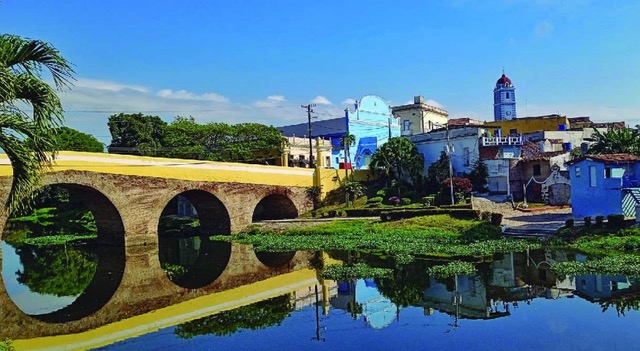The bridge over Yayabo River: is it truly the only one of its kind in Cuba?

Cuba was entering the 19th century, and Sancti Spíritus was barely emerging on the Caribbean map when the builders of yesteryear erected the bridge over the Yayabo River from the riverbed itself. Nestled in the heart of the fourth largest town, this engineering marvel is not just a means of communication: it is a unique piece of national architectural heritage.
Built between 1817 and 1831, the five-arched bridge represents an exceptional synthesis of the construction know-how of the Spanish colonial period. It was built using traditional materials such as brick, lime, and sand, at a time when the development of public works in Cuba still depended on European methods adapted to the tropical environment.
Unlike other existing bridges in the country, the one over the Yayabo is the only one that has survived to this day with its original design intact and has maintained its function, both for vehicles and pedestrians, which adds value to its uniqueness.
Most of Cuba’s colonial viaducts disappeared or were replaced by modern structures in the 20th century. In contrast, the bridge over the Yayabo was spared the temptations of modernization, which so often destroyed historic works in the name of progress. Its preservation is a response both to the affection of the people of Sancti Spiritus and to its declaration as a National Monument in 1995, a recognition that formally protects it as a heritage site of high historical and cultural value.


